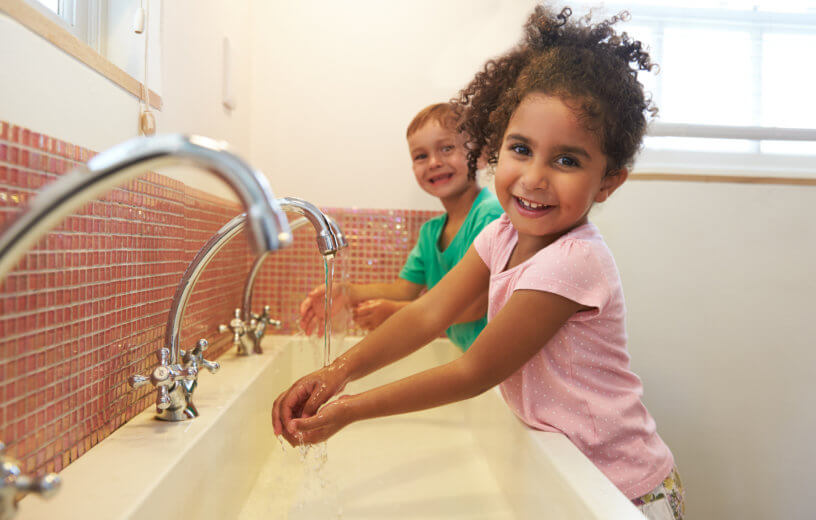The world is experiencing a health crisis, the likes of which it has never experienced in perhaps, ever. The COVID-19 pandemic has had a devastating effect on society on so many levels, and governments everywhere are doing everything they can to win this war against an unseen foe. Martin Sanders believes that for the battle to be won, everyone has to do their part. Everyone.
For his part, Martin Sanders is coming up with several blogs to educate readers about the coronavirus, safety protocols, preparation procedures, and everything in between. Today's blog will enumerate two ways people can stay safe at home during these troubling times.
Always remember to wash hands to foam.
Martin Sanders notes that washing hands has always been underrated. Not anymore. The 20-second handwashing protocol has been pushed to the masses for a reason – the foam of the soap is highly effective in breaking down the layer of fat that protects the coronavirus. Always wash hands, especially after handling anything that comes from the outside of the house.
Have a disinfection area.
Martin Sanders says that just like in healthcare facilities, there should be a disinfection area in every home, preferably near the main entrance. A room would work or a cabinet that could fit an entire person. In the disinfection area, a person can take their clothes and everything else that they have used outside and place them straight to the cleaning area. But if there's a shower area near the main entrance of a house, that should be good enough to work as a disinfection area, Martin Sanders adds.
Capt. Martin Sanders Ph.D., has completed all requirements needed to obtain a certification as an Associate Safety Professional (ASP) and a Certified Safety Professional (CSP). For more insightful reads on public safety, visit this site.
Disclaimer: This site was prepared by Martin Sanders in his personal capacity. The opinions expressed are the author's own and do not reflect the views of the USPHS, the Department of Health and Human Services, or the United States government.
 |
Image source:
pinterest.com
|
 |
Image source:
studyfinds.org
|
Martin Sanders notes that washing hands has always been underrated. Not anymore. The 20-second handwashing protocol has been pushed to the masses for a reason – the foam of the soap is highly effective in breaking down the layer of fat that protects the coronavirus. Always wash hands, especially after handling anything that comes from the outside of the house.
Martin Sanders says that just like in healthcare facilities, there should be a disinfection area in every home, preferably near the main entrance. A room would work or a cabinet that could fit an entire person. In the disinfection area, a person can take their clothes and everything else that they have used outside and place them straight to the cleaning area. But if there's a shower area near the main entrance of a house, that should be good enough to work as a disinfection area, Martin Sanders adds.
Capt. Martin Sanders Ph.D., has completed all requirements needed to obtain a certification as an Associate Safety Professional (ASP) and a Certified Safety Professional (CSP). For more insightful reads on public safety, visit this site.
Disclaimer: This site was prepared by Martin Sanders in his personal capacity. The opinions expressed are the author's own and do not reflect the views of the USPHS, the Department of Health and Human Services, or the United States government.